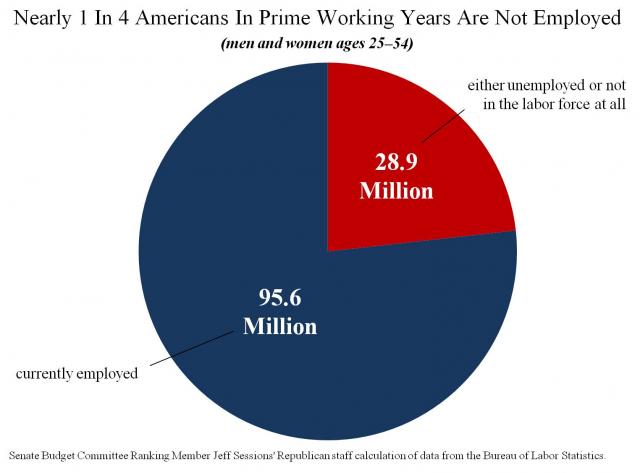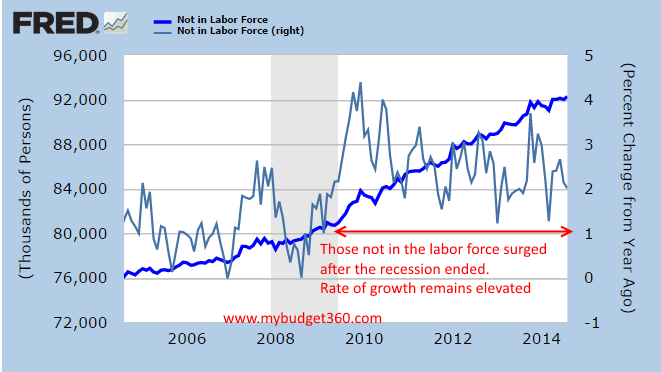

I have repeatedly argued that the current American Business Model is deeply flawed—and have pointed out that Northern European workers are not only better paid, but have superior working conditions—including job security and long vacations—yet still manage to out-compete us. Actually, the Danes don’t offer job security. Their intriguing variation is to allow you to be fired with ease (thus making employers less afraid to hire) but able to retain your earning power. They have income security.
How do the Northern Europeans outcompete us? A better educated, better motivated, more secure, better treated, multi-lingual workforce can both add more value (make better products) and market them more effectively.
Many American workers seem to agree and are voting with their feet. It’s a disturbing, but predictable, trend. Treat people badly for long enough, and they will turn on you. Dropping out of the workforce is just the beginning. At a certain stage, resentment at being badly treated turns to active opposition.
“(Weekly Standard) Those attempting to minimize the startling figures about America’s vanishing workforce—workplace participation overall is near a four-decade low—will say an aging population is to blame. But in fact, while the workforce overall has shrunk nearly 10 million since 2009, the cohort of workers in the labor force ages 55 to 64 has actually increased over that same period, with many delaying retirement due to poor economic conditions.
“In fact, over two-thirds of all labor force dropouts since that time have been under the age of 55. These statistics illustrate that the problems in the American economy are deep, profound, and pervasive, afflicting the sector of the labor force that should be among the most productive.”
“You’ll notice over this 10 year period, those not in the labor force increased by 16 million. What is even more telling is that 12 million of that growth came in the last 5 years alone (a time of economic recovery on paper). But the recovery in many respects has come from firms cutting wages, slashing benefits, and suffocating the middle class. This has done wonders with increasing profits for Wall Street but 90 percent of stock wealth is controlled by 10 percent of the population.”
I continue to be amazed that there is so little discussion of how distorted the U.S. economy has become. The implicit assumption seems to be that if the stock market is up, we have some growth, and unemployment is going down, that all is well. That’s just looking at the surface of things.
If you look at the economic wellbeing of most American families, you will see another picture entirely. The most common term used to describe this is that we have a bifurcated economy—a small minority doing well, most losing ground.
That describes the situation accurately. The mystery is why so little is being done about it.
No comments:
Post a Comment